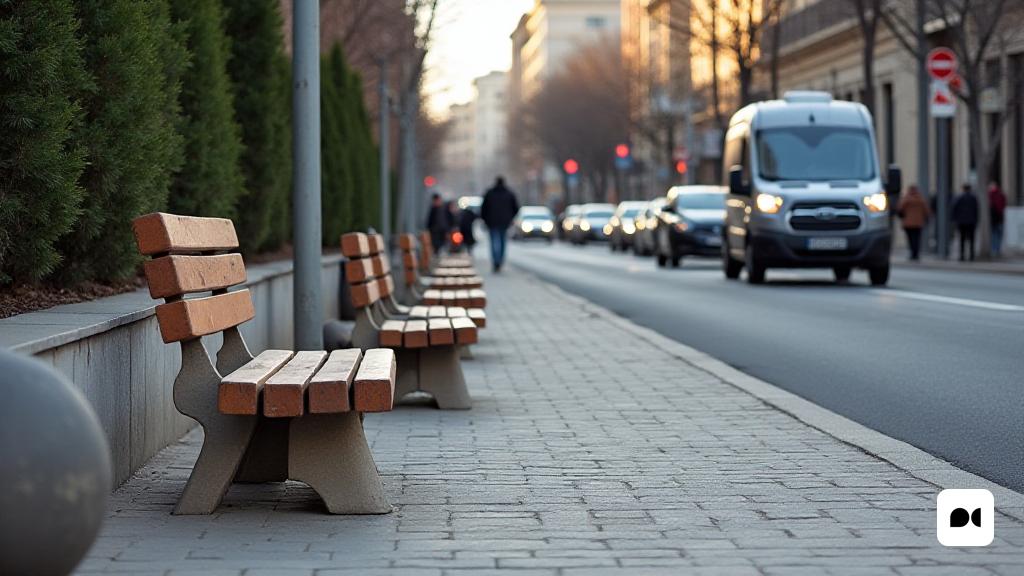An Inhospitable Environment for Everyone
Large contemporary cities are flooded with elements designed not only for functionality, but also to discourage rest and the use of public space by the most vulnerable people. Benches with uncomfortable designs, concrete barriers at the entrance to parking lots, and metal structures on the sidewalks are just a few examples that reflect a mentality of exclusion.
Collaborative Mapping: An Active Initiative
For years, Arrels Fundació has been at the forefront of a project that seeks to make this problem visible through a collaborative map. From February 19 to 26, the foundation is organizing its third mapping of hostile architecture, inviting citizens and educational institutions to participate in the research of these barriers.
How Mapping Works
The activity consists of walking around our homes, schools or workplaces, with the aim of documenting any architectural obstacles that make access and rest difficult. Participants can capture images with their mobile devices and upload them to the map, which already has almost 950 hostile locations in cities such as Barcelona, Badalona, and Santa Coloma de Gramanet.
The Importance of Visibility
Arrels Fundació is committed to updating and expanding this map every year, with the aim of highlighting a problem that, unfortunately, increasingly affects the daily lives of homeless people. In addition, a new strategy has been implemented: attaching stickers with QR codes to each identified element, in order to promote public awareness of the issue.
A Desire for Equal Rights
The initiative seeks to promote the idea that everyone, regardless of their socio-economic status, should have the right to use public space with dignity. The mission is clear: to build inclusive cities where every individual has access to a safe place to rest and feel protected.
How to Participate and Make a Difference
If you are interested in contributing to this cause, you can find more information on the Arrels Fundació website. Between February 19 and 26, you can go out into the streets, capture images of the architectural barriers you observe, and share them on the map with a brief description of each location.
The Cost of Exclusion
Living on the streets involves much more than just a lack of housing; it is a daily struggle against insecurity and lack of privacy. Architectural barriers exacerbate this situation, generating additional stress and making it difficult to access support services. At the same time, these measures often criminalize homeless people, denying them the right to seek shelter and protection.
Final Reflections
The fight against hostile architecture is a fundamental step towards building a more just and inclusive society. Every small effort counts, and through citizen collaboration, we can make our cities places where everyone has the opportunity to live with dignity.

